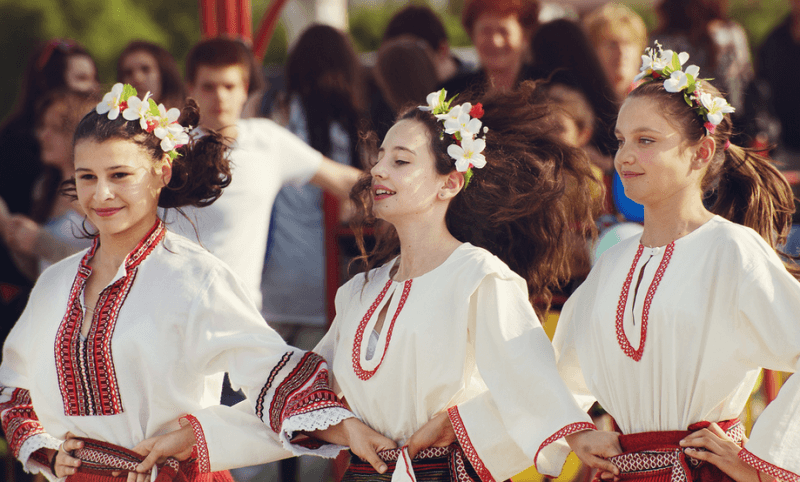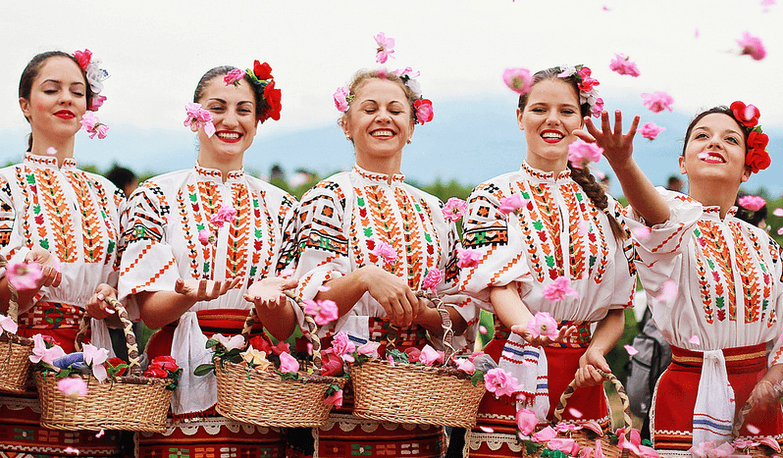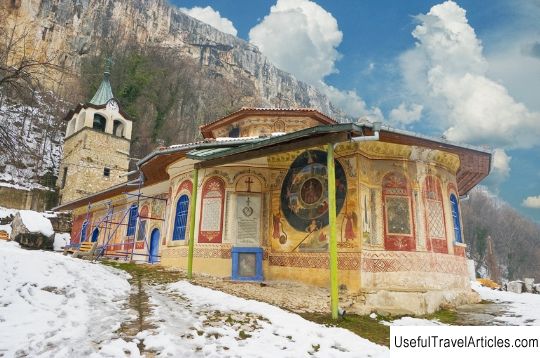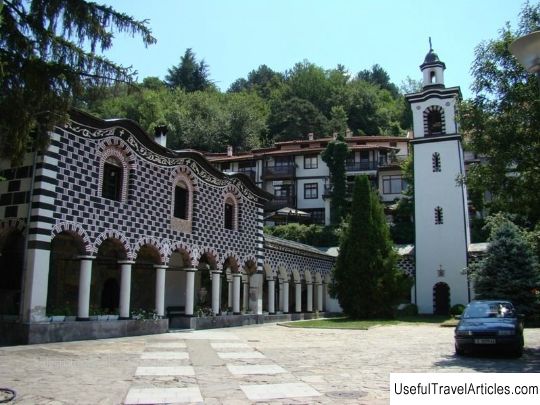Peculiarities of the population of Bulgaria
Rating: 7,7/10 (3755 votes)   Bulgarian girls Bulgarians are a South Slavic people whose ethnic group speaks Bulgarian. Historically, Bulgarians have lived between the Danube, Aegean, Adriatic and Black Seas in southeastern Europe for over a thousand years. Today, most Bulgarians live in Bulgaria, which borders Romania, Serbia, Macedonia, Greece and Turkey. Although the Bulgarian inhabited territories were under the yoke of the Byzantine or Ottoman Empire for many centuries, the Bulgarians retained their identity through the Orthodox religion (for the majority), language and a common ethnonym. The population of Bulgaria is 7 million. people according to the 2011 national census. The majority of the population (72.5%) live in cities; about one sixth of the total population is concentrated in Sofia. Bulgarians are the main (most numerous) ethnic group in the country (84.8%). Turkish and Roma minorities account for 8.8 and 4.9% respectively; others, about 40 different nationalities, make up 0.7%. 0.8% do not identify themselves in any way in relation to ethnic groups. All ethnic groups speak Bulgarian, or use it as their first or second language. Bulgarian is the only language that has official native status for 85.2% of the total population. The written Slavic language relative to Bulgarian is distinguishable from other languages due to the presence of certain grammatical features, such as: lack of nominal classes, infinitives, definite letter articles. Bulgaria is in a state of demographic crisis. This nuance was caused by negative population growth since the early 1990s, during an economic collapse caused by a long wave of emigration. Part of the inhabitants, from 937 thousand. up to 1.2 million, mostly young people, left the country in 2005. The total fertility rate, which was estimated in 2013: 1.43 children per woman, and the normal replacement rate is 2 ,1. A third of residents live alone, and 75.5% of families do not have children over 16 years old. Thus, the population growth and birth rate in Bulgaria is one of the lowest in the world, while the death rate is one of the highest. Most children are born to unmarried women (57.4%). Bulgaria ranks 113th globally in terms of average life expectancy, which is 73.6 years for both sexes. Leading causes of death: cardiovascular disease, cancer and respiratory disease.  Maternitsa Bulgarians are considered the most closely related to their neighbors - the Macedonians. Indeed, it is sometimes said that there is no difference between the two given ethnic groups. Ethnic Macedonians were not viewed as Macedonian Bulgarians by most ethnographers until the early 20th century began to identify themselves as such. Bulgaria has a universal health care system funded by taxes and contributions. The National Health Insurance Fund is gradually paying most of the cost of primary health care. The projected health spending for 2013 is 4.1% of GDP. The number of doctors in the country is above the EU average of 181 doctors per 100,000 people, but the distribution is uneven by field of practice. There is an acute shortage of nurses and other medical personnel. The quality of the medical equipment itself leaves much to be desired. The shortage of staff in some areas is so severe that patients are forced to travel to other countries for treatment. The government estimates that since 2003 the literacy rate has been 98.6%, regardless of gender. Educational standards in Bulgaria are at a high level, although they are still far from European indicators, even if we consider that European education has deteriorated significantly over the past decade. Public spending on education is well below the EU average. The Ministry of Youth Education and Science partially funds public schools, colleges and universities, sets criteria for textbooks, and oversees the publishing process. The state provides free education in primary and secondary schools. The educational process covers 12 classes, where from 1 to 8 grade - the first, primary level of education, from 9 to 12 - the second level. High schools are categorized as technical, vocational, general or specialized in specific disciplines, while tertiary education consists of 4 years of study (bachelor's) and an additional year (master's).  We also recommend reading How Christmas is celebrated and celebrated in Bulgaria. Christmas traditions in Bulgaria Topic: Peculiarities of the population of Bulgaria. |




